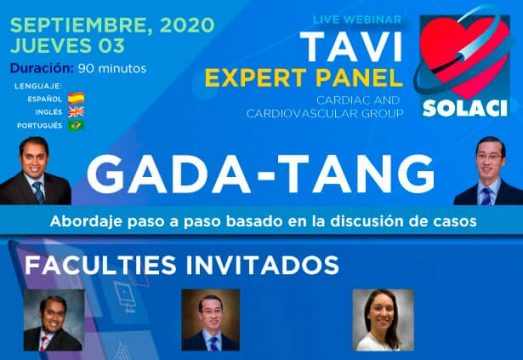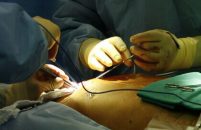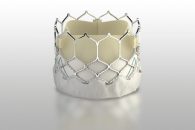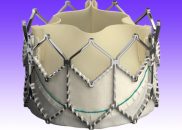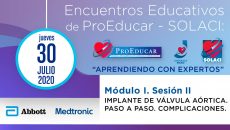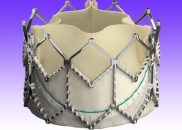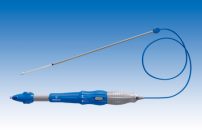Patients with dysfunctional biological prosthetic valves have better outcomes with TAVR vs. surgical reintervention, beyond surgical risk. This study outcomes might even call into question the age cutoff to consider a mechanical vs. a biological prosthesis at first surgery. This analysis recently published in JACC looked at the outcomes of both possible strategies to treat…
SAPIEN 3: Good Outcomes in Bicuspids
Courtesy of Dr. Carlos Fava. Bicuspid aortic valves are found in approximately 2% of patients and represent the most frequent cause of aortic stenosis in young adults requiring valve replacement. Though TAVR has advanced significantly, this entity has not yet been included in the different randomized studies. At present, we have data from different reports,…
Valve-in-Valve: Good Evolution at Long-Term
Courtesy of Dr. Carlos Fava. In the last decades, there has been a marked increase in the use bioprosthetic valves in aortic position given their benefits over mechanical valves. However, long term follow-up has shown structural valve degeneration (SVD). Given the risk of a second surgery after TAVR, valve-in-valve (ViV) has been on the rise,…
Arrhythmias Wrongfully Linked to TAVR?
Continuous electrocardiographic monitoring pre-transcatheter aortic valve replacement (TAVR) detected arrhythmic events in almost half the patients analyzed in this study (which will be published soon in JACC Interventions). A fourth of these patients needed urgent therapeutic actions before the procedure. Previous conduction disorders—particularly, right bundle branch block and chronic renal insufficiency—were linked to a higher…
SOLACI Webinar | Nurses and Technicians | Structural Interventionism
We are interested in your opinion. Please, leave your comments, thoughts, questions, etc., below. They will be most welcome.
2° ProEducar Educational Meeting – Aortic Valve Implantation. Session II
Watch again our “2nd ProEducar Educational Meeting on “Transcatheter Aortic Valve Implantation” on our Youtube account. We are interested in your opinion. Please, leave your comments, thoughts, questions, etc., below. They will be most welcome.
Valve in Valve Presents Better Evolution than re-SARV
Courtesy of Dr. Carlos Fava. Surgical aortic valve replacement with bioprosthesis has proved its benefits, but it fails after 10 to 15 years. Transcatheter aortic valve replacement has been shown valid, especially in high risk patients, but we still have little information and no “head to head” studies to know what is best in this…
High Mortality Rates for Redo Surgery After TAVR
Courtesy of Dr. Carlos Fava. Since the beginnings of transcatheter aortic valve replacement (TAVR) back in 2002, this strategy has gained considerable ground, encompassing not only inoperable or high-risk patients but also those at medium and low risk. Additionally, it came to include patients with failed bioprostheses. The most common reason for surgery was paravalvular leak,…
2° Educational Meetings ProEducar-SOLACI | Aortic Valve Implantation. Step by Step. Complications
We are interested in your opinion. Please, leave your comments, thoughts, questions, etc., below. They will be most welcome.
After 8-year Followup, Good News for the Self Expandable Valve
As the transcatheter aortic valve replacement (TAVR) gains ground in lower risk populations and with better survival rate, concern over its durability has grown. This study brings us data and good news on the first-generation self-expandable valve after quite a long follow up. It included 990 inoperable or high-risk patients treated with CoreValve in 8…
